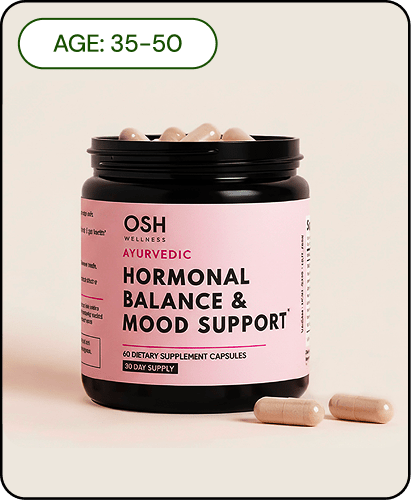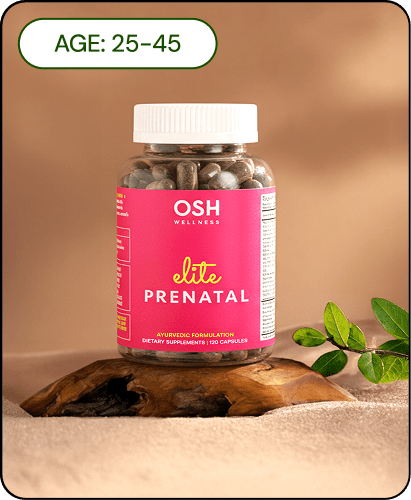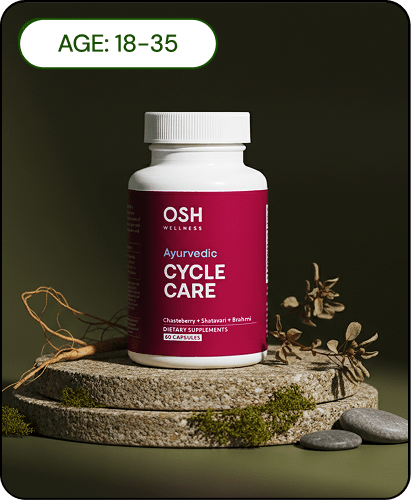Until recently, fertility preservation wasn’t an option, much less something that was openly discussed. Today, news articles or stories about babies conceived from preserved eggs, sperm, or embryos happen somewhat frequently.
If you’re facing a complicated issue, such as cancer, your doctor may have suggested fertility preservation. Alternatively, you may have considered fertility preservation if you desire kids in the future but feel that right now isn’t the ideal time.
Regardless of your reasons, fertility preservation can be a significant decision. If you’ve ever wondered what fertility preservation is and if it is right for me, this article is for you!
What is Fertility Preservation?
According to the National Institute of Child Health and Human Development, fertility preservation is the process of saving or protecting eggs, sperm, or reproductive tissue so that a person can use them to have biological children in the future. A person can seek fertility preservation for both personal and medical reasons. Acute conditions such as treatment for cancer that can damage reproductive tissues, environmental hazard exposure, or benign tumors may spur you to take action for your fertility. Alternatively, unforeseen health conditions such as early onset menopause, fibroids, or premature ovarian insufficiency, in which your ovaries stop producing eggs sooner than they should, can make you want to plan for your future fertility.
However, health risks that can cause infertility are not the only reasons someone may seek fertility preservation options. Personal reasons can have a major influence. Age affects fertility, though more so for women than men. Nevertheless, both may wish to postpone childbearing for many reasons, such as careers or relationships.
Modern advances in fertility preservation have greatly increased opportunities.
What Are the Most Common Reasons for Fertility Preservation?
As we age, our fertility decreases. This is especially true for women who have a limited number of healthy eggs. If you want to postpone childbearing and birth, you may want to find a way to ensure that you can have a biological child when the time comes. Personal reasons for fertility preservation include waiting to meet the right companion or wanting to wait for children until they are satisfied with their careers. Unfortunately, our bodies aren’t always in tune with our personal desires. Meaning our fertility will still decline with each passing year.
When a female is born, she has about a million oocytes. This number will consistently decrease as she gets older. All the way to 400,000 by puberty. A sharp decrease happens during her late thirties, and by her forties and beyond, the chances of pregnancy significantly decrease. Not only because of the number of eggs but also the health and quality of eggs, which also decline as a woman ages.
While fertility preservation for the postponement of childbearing tends to be a popular option for modern women or men, other unforeseen factors can lead to fertility preservation. The most common being cancer. While cancer can directly affect reproductive organs, like testicular cancer, damage can also be caused by cancer treatment. Chemotherapy and radiation can both harm fertility. Meaning that while the patient will likely survive their ordeal, it may leave them unable to have a child. For this reason, many individuals preparing to undergo cancer treatment may choose to preserve their eggs or semen prior to beginning a course of drugs or radiation therapy.
Other reasons for fertility preservation include:
Autoimmune diseases
Surgical removal of reproductive organs
Transgender individuals going through transition
Exposure to harmful chemicals in the environment or workplace
Non-cancerous tumors like uterine fibroids
Early menopause
Genetic or hereditary issues
As you can see, there are a variety of reasons why a man or woman may wish to save their reproductive tissues for later use.
Who Performs Fertility Preservation?

A fertility specialist commonly performs fertility preservation. Your healthcare provider can get you started on the process. They will recommend you to a fertility clinic. A fertility clinic specializes in human reproduction and often contains laboratories and equipment necessary to retrieve and maintain preserved specimens for extended periods, usually decades!
What Kinds of Fertility Preservation Methods are Available?
Generally, fertility preservation is divided into two categories. The first is freezing, also known as cryopreservation. Cryopreservation is useful for women and people born female (DFAB) and men and people born male (DMAB).
Cryopreservation
When a woman’s eggs are frozen, it is known as oocyte cryopreservation. The patient will usually be given medication consisting of injectable hormones to stimulate the ovaries, just like in a course of IVF. Then, the oocytes and any fluid surrounding them in the ovarian follicles will be vaginally aspirated, meaning they will be drawn out through a needle-like tube inserted through the vagina and cervix. They are then frozen so they can later be fertilized and grow into an embryo so they may be implanted into the uterus. Sperm cryopreservation is when male sperm is placed into vials and frozen for future use. Frequently, this type of preservation is sought by people who may not have a committed partner at the time or a partner who is unwilling or unable to produce children.
Embryo cryopreservation is when an embryo is preserved for later use. A woman must first undergo an IVF round, including ovarian stimulation and egg retrieval. Then, the egg is fertilized with sperm collected from a man, often her partner. When the fertilized egg matures into an embryo, it can be treated with cryoprotectant agents and then stored for later use.
There are other fertility preservation methods, though they tend to be used less frequently. A woman facing an immediate threat to her fertility can cryopreserve ovarian tissue. In this process, the ovarian cortical tissue that contains the eggs is removed and preserved. After treatment, it can be thawed and returned to her body, where ovarian function typically resumes within four months of the procedure. This method is still advancing. Currently, researchers are testing a new technique if there is a risk of transplanting tissue that could turn cancerous. A doctor will combine the extracted ovarian tissue with a biomaterial called fibrin to create an artificial ovary that can be transplanted at a future date. The fibrin breaks down, and the body grows new, non-cancerous ovarian tissue. Testicular tissue can be cryopreserved for men and people born male (DMAB). This tissue may contain sperm and can be useful if sperm are not yet found in the patient’s semen, such as in prepubescent males.
Radiation Protection
The second method of fertility preservation is radiation shielding and protection from radiation. Both men and people born male (DMAB) and women and people born female (DFAB) can use radiation shielding. In this process, a shield is placed over the ovaries or testicles to reduce the amount of radiation reaching the organs. If men want Natural Fertility Support for him A rich blend of herbs and vitamins helps to maintain a healthy libido, support hormone levels, and improve sperm parameters. For women and people born female (DFAB), ovarian transposition (oophoropexy) can be used. In this process, the ovaries are surgically moved up and out of the pelvis into the ovaries to reduce their radiation exposure.
What Options Are There for Child Fertility Preservation?
If a child has not reached puberty, ovarian and testicular tissue freezing is recommended. Post-puberty children can choose sperm, egg, or embryo freezing if desired.
What Are the Benefits and Risks of Fertility Preservation?
The primary benefit of fertility preservation is that you have a chance to have a biological child, regardless of factors like your age or health conditions.
However, there are risks associated with fertility preservation, such as:
Bleeding or infection as a result of tissue, egg, or sperm collection
IVF may boost the chances of premature delivery, low birth weight, miscarriage, or ectopic pregnancy.
Ovarian stimulation may result in elevated estrogen levels that can increase your risk of blood clots or estrogen-dependent cancers.
Ovarian transposition can cause the ovaries to rotate or form cysts.
What Happens to the Embryos, Eggs, and Sperm That Have Been Frozen?
Frozen eggs, sperm, embryos, and reproductive tissues are stored and monitored at special labs. Most can be safely stored for ten years or longer. When ready for use, they are carefully thawed before being checked for viability. You can choose to discard your samples, in which case the lab will thaw them, rendering them no longer viable, before properly discarding them.
How Effective Are Fertility Preservation Treatments?
Of course, fertility preservation success rates depend on various factors, such as health conditions, age, past fertility treatments, and past pregnancies. Cryopreservation of eggs, sperm, and embryos has a more extended history of positive outcomes than new technologies like ovarian tissue transplantation. However, ovarian tissue transplantation has currently resulted in over 130 live births.
If you’re considering fertility preservation, it’s best to talk to your provider as soon as possible, definitely before cancer or gender-affirming treatment. Additionally, women who are thirty-five or older with no plans to have children in the near future or those who have received a diagnosis that could harm their fertility should speak to their provider as soon as possible, or if women want natural Fertility Support For Her which will help with Healthy, regular periods, Chaste Tree Berry, Shatavari, and Gokshura improve hormone balance, regulate cycles, and aid to normalise ovulation.
Though things can impact your ability to have a biological child, modern technologies have made it possible to carry a healthy pregnancy yourself or via a surrogate in the future. Early fertility preservation is optimal, so be sure to discuss your options with your healthcare team as soon as possible.
Ayurvedic Fertility Support for Her
Fertility support developed by experts. This supplement contains a blend of Ayurvedic herbs and vitamins, including CoQ10, Shatavari, and Ashwagandha. It can help improve egg quality before trying to conceive or preserve eggs.








